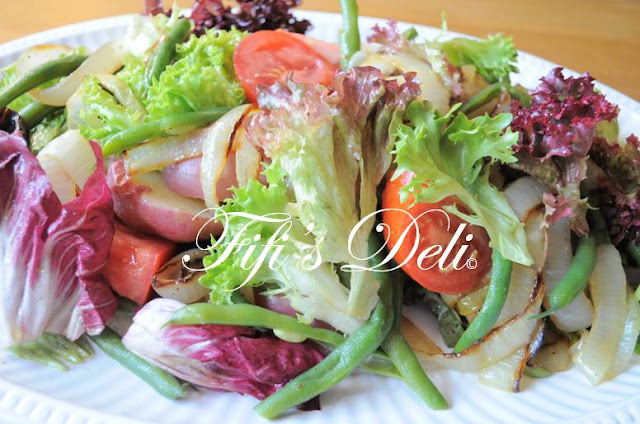Be Healthy Takeaway Tips
Here are the top takeaways you can incorporate into your daily routine to make sure you're helping your body fight disease:
To make sure you’re getting the recommended 18g of fibre a day follow the list below::
Wholemeal spaghetti (3–4 tablespoons = 150g) - 5g of fibre
Shredded wheat (2 biscuits = 44g) - 4.4g of fibre
Bran flakes (4 tablespoons = 30g) - 4g of fibre
Wholemeal bread (2 average slices) 4g of fibre
Parsnips (3 tablespoons =80g) -3.8g of fibre
Peas (3 tablespoons =80g) - 3.8g of fibre
Lentils green (2 tablespoons = 80g) - 3g of fibre
Blackberries (2 heaped tablespoons = 80g) - 2.5g of fibre
Dried apricots (4 apricots = 30g) - 2g of fibre
Muesli (3 tablespoons = 30g) - 2g of fibre
Porridge (4 tablespoons = 100g) - 1g of fibre
Here are some suggestions of what to feed your friendly bacteria:
Oatmeal
Flax
Barley
Other whole grains
Greens (especially dandelion greens, but also spinach, collard greens, chard, kale, mustard greens, etc.)
Berries and other fruit
Legumes (lentils, kidney beans, chickpeas, navy beans, white beans, black beans, etc)
To reduce your risk of heart diseases try these handy hints:
. To get the right balance of fruit and veg follow the rainbow rule and have at least one food (fruit or veg) from each of these colour groups every day: Blue/Purple, Green, White/Brown, Orange/Yellow, Red.*
. Eat oily fish, unsalted nuts and moderate dairy intake.
. Make fatty meat products a treat rather than a daily necessity.
. Use a small amount of olive oil when cooking instead of butter.
. Our evo dieters began the study with an average salt intake of 12g per day (twice government recommendations). This fell to just over 1g per day on the diet and contributed to a fall in total blood pressure. To reduce your salt intake don’t add it to food, instead try out different flavourings with your foods such as spice, herbs or lemon juice.
. Cut down on carbohydrates and buy wholemeal bread and rice and pasta.
. If your gas is causing you problems here’s some ideas on how to reduce it through what you eat and how you eat it:
. Try not to eat your food too quickly and chew it properly - when you gulp down your meals, you swallow more air.
. Avoid overeating - when you're overfull your stomach tries to make room by getting rid of some gas
. Avoid smoking and chewing gum - both of these make you produce more saliva, which means you swallow more air
. Avoid foods with a high quantity of unabsorbable carbohydrate for example beans and broccoli. A good rule is to avoid foods which contain lots of air such as bread.
. Feed your good bacteria with prebiotics
. Get some exercise - it'll keep your bowels moving normally.
. Try adding these foods to your diet, all report having beneficial effects on flatulence: Coriander, Fenugreek, . Seeds, Cloves, Cumin, Cinnamon, Fennel
Here’s how to get the most from the garlic you eat:
. Cut the garlic into small pieces - by doing this you will retain more of the allicin.
. Eat 4-5 cloves a day to obtain the best results.
. Eat Spanish Morado, the common supermarket one.
. To combat bad garlic breath add at least one sprig of chopped, fresh parsley at the end of your garlic feast.
* Remember that frozen, dried and canned vegetables all contain goodness so don’t be put off if you don’t have time to shop for fresh foods every day.
Via
http://www.bbc.co.uk/sn/














